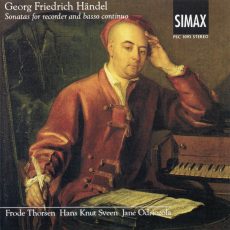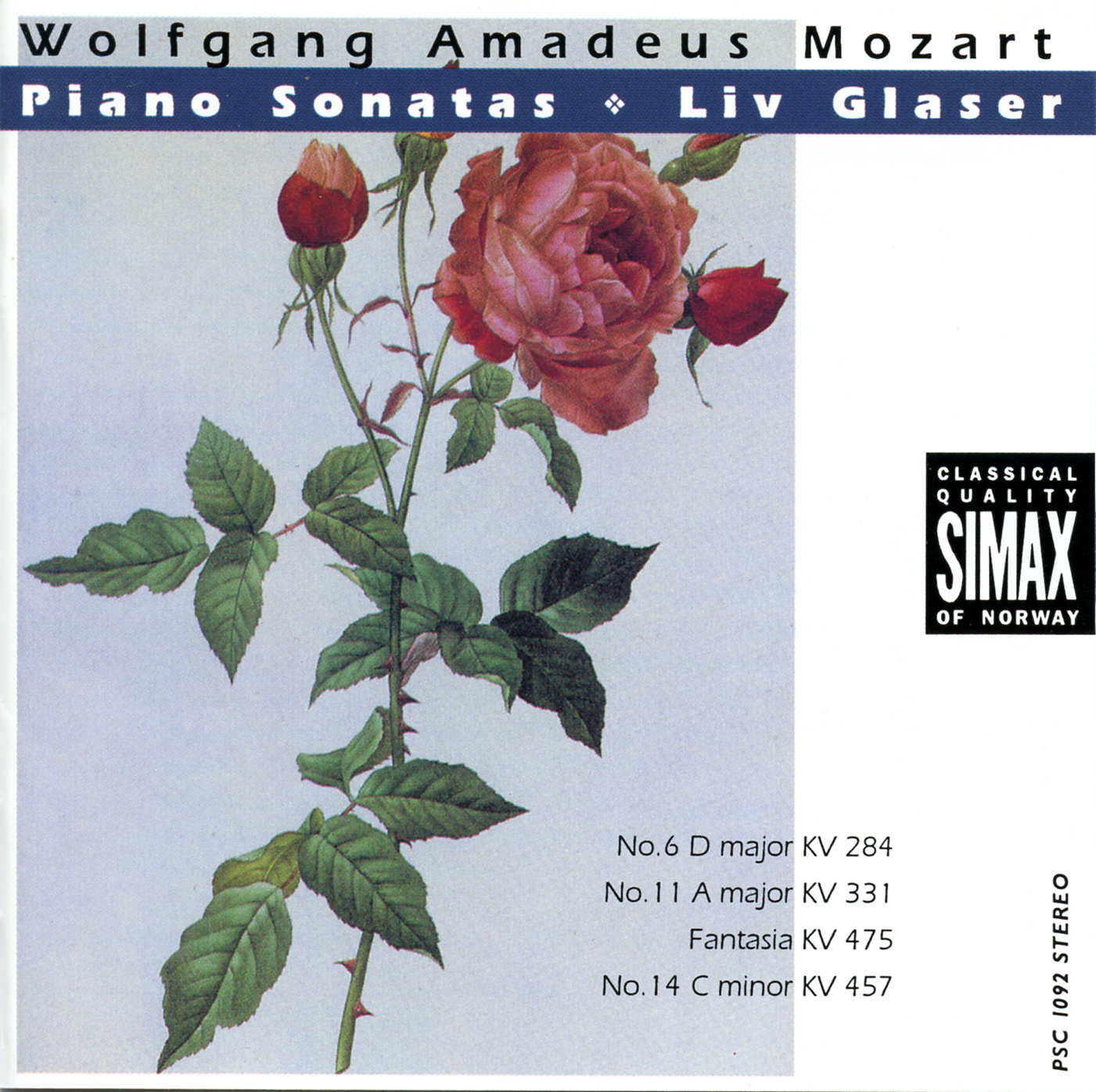The soloists step into the light again for this fifth release in the Simax-series with the complete
orchestral music of Beethoven. After the wonderful reception of piano concertos 1 and 2 (PSC 1181) its now time for concerto no.3, with Berezovsky on exceptional form. Plus a stunning rendering of the Triple concerto.
The third piano concerto
In scale, the third concerto is conceived on slightly broader lines than those of the first two numbered concertos, which more closely emulate the classical proportions of Mozart’s examples in the genre. Yet in one other particular it follows Mozartian precedent in copying his device (employed uniquely in the C minor concerto, K491, of 1786) of allowing the soloist to continue after the first movement cadenza – in the standard classical coda the orchestra alone was heard from this point on.
The triple
Beethoven’s next concerto was composed within a year or so of the premiere of Op.37, and is the only completed example in his output of a concerto for more than one instrument. A frequent practice in the days of Vivaldi or Bach, the putting together of a pair or a group of soloists in the Baroque concerto metamorphosed into the Sinfonia concertante of the classical period, of which both Haydn and Mozart left notable examples. The growing individualism of the nineteenth century, however, which preferred the dramatic notion of the one against the many, saw the virtual extinction of the genre: only Brahms’s Double Concerto of 1887 rivals Beethoven’s Triple Concerto as a work of the first rank in this entire period. Boris Berezovsky has invited cellist Mats Rondin, sought after chamber musician, and the co-principal leader of the orchestra Urban Svensson in the Triple Concerto.


















